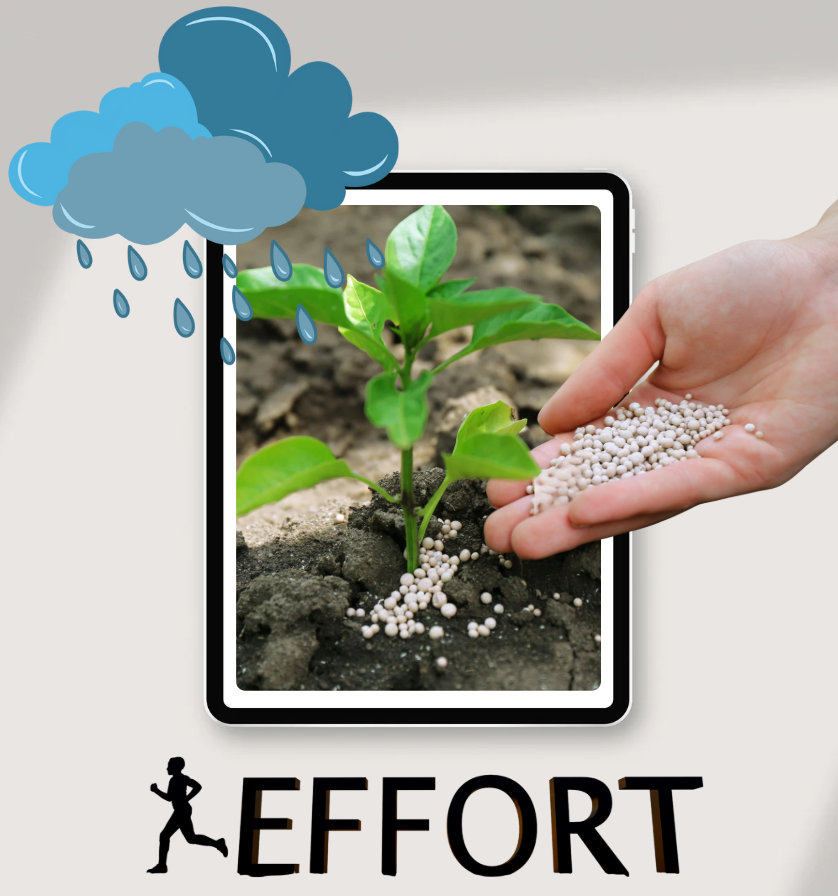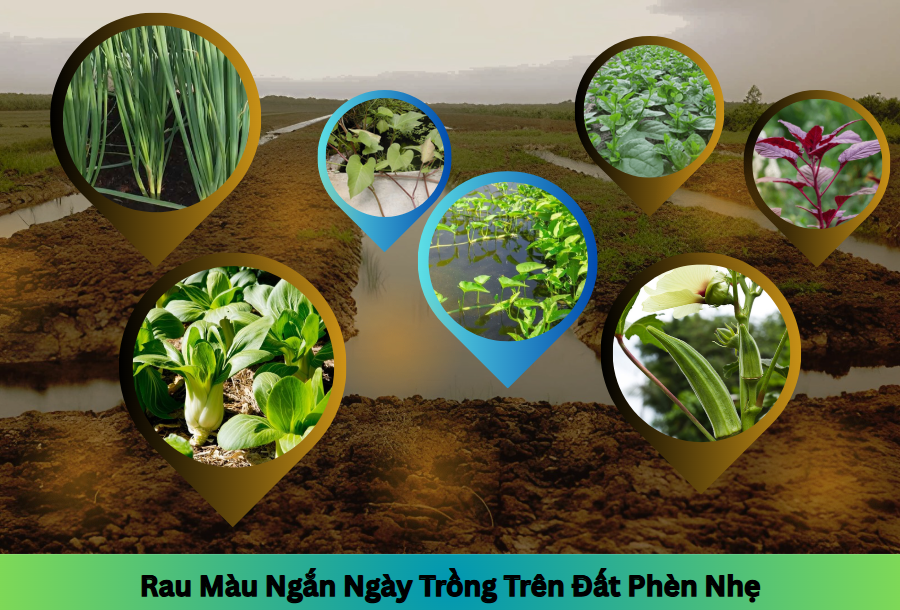
Short-Cycle Vegetable Varieties Suitable for Mildly Acid Sulfate (Alkaline-Affected) Soil
Explore the best short-cycle vegetable crops for mildly acidic sulfate soils – easy to grow, disease-tolerant, high-yielding, and ideal for soil improvement in lowland and floodplain areas of the Mekong Delta.
Table of Contents
- Characteristics of Mildly Acid Sulfate Soil and Its Impact on Vegetables
- Criteria for Selecting Vegetables for Acidic Soil
- Top Short-Cycle Vegetable Varieties for Mild Acid Sulfate Soil
- Technical Tips for Growing Vegetables in Acidic Soil
- Conclusion
1. Characteristics of Mildly Acid Sulfate Soil and Its Impact on Vegetables

Mild acid sulfate soils are commonly found in low-lying riverbanks and canal areas of the Mekong Delta. These soils are characterized by:
- pH range from 4.5 to 5.5
- High levels of iron and aluminum → risk of root toxicity
- Low organic matter, poor aeration, and high water retention
📌 Without soil improvement or proper variety selection, vegetables are prone to:
- Yellowing leaves and stunted growth
- Root rot and acid toxicity
- Root nematode and fungal infections
2. Criteria for Choosing Vegetable Varieties for Acid Sulfate Soil
✅ Short growing cycle (20–40 days)
✅ Strong roots that tolerate low pH
✅ Resistant to common soil-borne diseases (e.g., wilt, root rot)
✅ Suitable for both dry and rainy seasons in lowland areas
✅ Good market demand in local markets or supermarket chains
3. Top Short-Cycle Vegetable Varieties for Mild Acid Sulfate Soil
🥬 1. Chinese Mustard (Choy Sum / Bok Choy)

- Harvest in 25–30 days
- Prefers well-drained soils, tolerates mild acidity
- Lime application before sowing improves yield
🌱 2. Water Spinach (Ipomoea aquatica)

- Easy to grow, fast-growing
- Tolerates low pH and waterlogged conditions
- Harvest after 20–25 days
🧅 3. Spring Onion (Shallot-type)

- Performs well in soft, mildly acidic soils
- Strong root system when soil is amended with lime and compost
- Harvest in 30–35 days, high market price
🌿 4. Malabar Spinach (Basella alba)
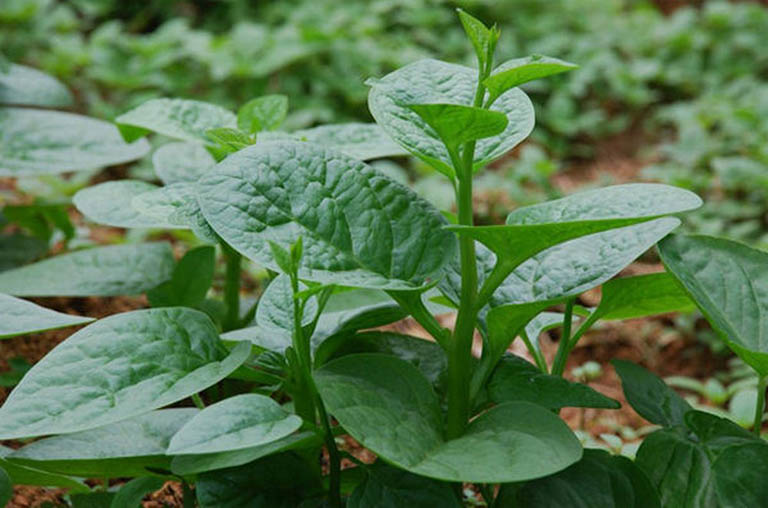
- Good acidity tolerance, can grow in the rainy season
- Doesn’t require highly fertile soil
- Harvest after 25–30 days
🥦 5. Amaranth (Green or Red)

- Highly adaptable to tough soil conditions
- Fast-growing: ready in 20–25 days
- Pest- and disease-resistant, low maintenance
🍆 6. Okra (Lady’s Finger)
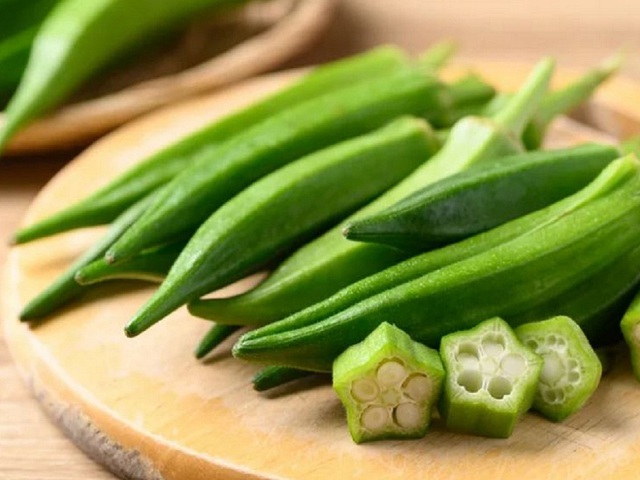
- Prefers mildly acidic, well-drained soils
- Harvest begins around 45–50 days, extended picking season
- Year-round crop, popular in local markets
4. Technical Tips for Growing Vegetables in Acidic Soil
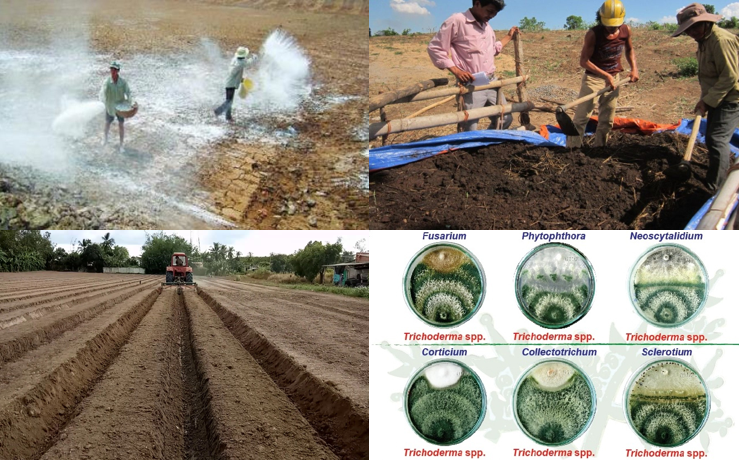
✅ Apply lime (2–3 kg/100m²) 7–10 days before sowing
✅ Use plenty of composted organic matter and biofertilizers to improve pH
✅ Build raised beds with proper drainage to prevent acid toxicity
✅ Apply Trichoderma-based biocontrol agents to prevent root rot
✅ Practice crop rotation between leafy greens and fruiting vegetables
5. Conclusion
Mildly acidic sulfate soil is not a major barrier when farmers choose the right vegetable varieties, apply simple soil treatments, and follow proper seasonal cultivation techniques.
👉 With crops like mustard greens, water spinach, spring onions, Malabar spinach, and amaranth, farmers can successfully cultivate on acid sulfate soils, improve soil structure, and achieve high, sustainable yields over time.
Bình luận
Những bình luận mới nhất
